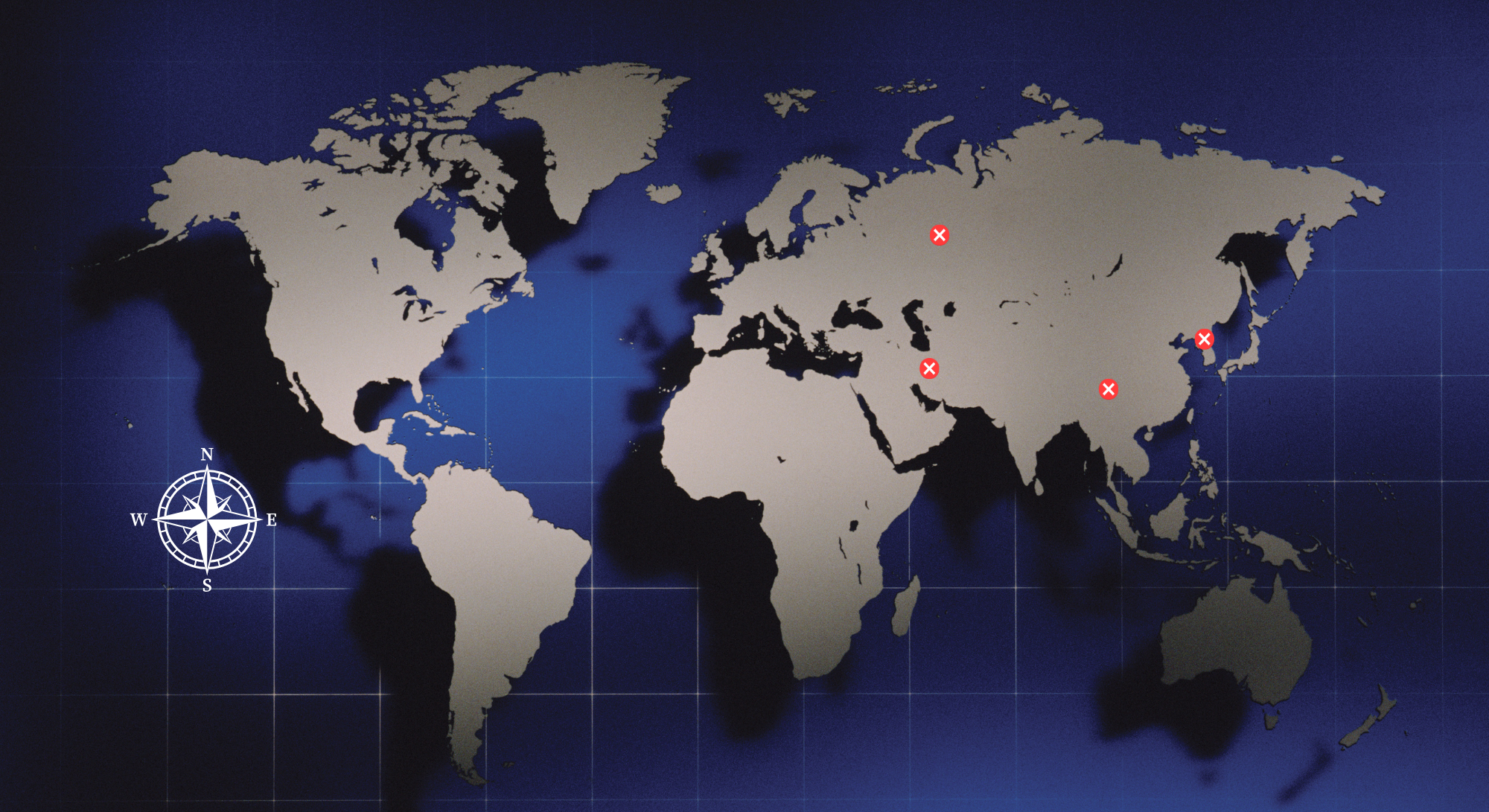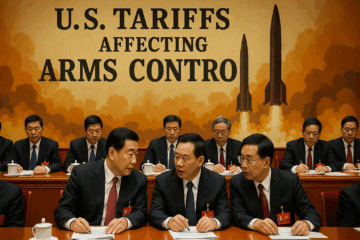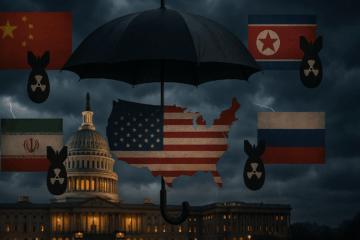Recently, opponents of missile defenses published editorials in several outlets accusing the Trump administration of “conjuring” up an “arms race” that will severely damage “strategic stability by proposing an Iron Dome for America. This view is ill informed at best and severely dangerous at worst. There are several reasons this is true in the great power competition era we find ourselves in.
First, the president’s executive order directing the deployment of an active defense against missile and space-borne attacks is not the starting point for an arms race. The fact of the matter is, the Chinese and Russians started an arms race over a decade ago and recently accelerated it with their “breakout” in nuclear missiles deployments as well as the expansion and modernization of long-range strike platforms (to include fractional orbital bombardment systems (FOBS) and nuclear anti-satellite (ASAT) weapons.
These expansions in offensive nuclear/space forces were not because America’s space and nuclear forces are too strong, but because they are too weak. The American nuclear enterprise is acknowledged to be “atrophied,” and the Space Force is not prepared to address such threats and incapable of addressing the threats posed by adversary space forces.
American vulnerability to homeland attack and, by extension, the nation’s critical space infrastructure, invites these threats. The US is delinquent in its duty to protect citizens by accepting a passive, hostage-style approach and labeling it “strategic stability.”
Second, detractors of homeland missile defense suggest that America is to blame for provoking China and Russia’s build-up. They are more concerned about space-based interceptors creating space debris than the impact of limited or mass attack upon the American homeland.
The US is the leader in advocating for the mitigation of debris generation, while China and Russia are the two biggest offenders. To think that these two adversary nations with kinetic ASAT capabilities and the political will to use them, despite debris generation, are only responding to US activity, shows a lack of understanding of these adversaries and their strategy. Lest Americans forget, both China and Russia see the United States as having more to lose from conflict in space than they do.
Third, opponents of Iron Dome for America believe that “real security” does not come from a credible hard power, but from “arms control, diplomacy and shared risk reduction.” While these are noble ideas, the historical record shows that arms control is often one-sided, with Russia cheating on every single arms control agreement it has ever signed and China showing no interest in anything other than American disarmament. UN votes on norms of behavior have not changed the situation one bit. China and Russia regularly exploit weakness. Iron Dome America seeks to remove this vulnerability from the equation. As Secretary of Defense Pete Hegseth recently stated correctly, “Diplomacy is important, talk is important, [and] negotiations are important,” Hegseth said. “But, ultimately, beans and bullets and tanks and helicopters and hard power still [matter].”
Finally, they argue that the system being pursued “won’t work.” This argument fails to understand that the reason American ballistic missile defenses are so limited is mainly due to policy restraints and less about technology. Missile defense technologies, such as those proposed in the Strategic Defense Initiative, were not mature in the 1980s, but four decades later, numerous technologies are more advanced.
Also, The high cost of launch, for example, is drastically lower today than it was four decades ago because of efforts of companies like SpaceX. This single company demonstrated the capacity to launch hundreds of satellites a year, if not thousands in the same number of launches it took thirty years for the Space Shuttle to fly.
Today, the idea of having “space-based interceptors” does not mean the United States must place missiles or laser cannons in space. There are many ways to pursue this effort in ways that were not conceivable when Ronald Reagan envisioned a space-based missile defense. Agencies like the Missile Defense Agency and Space Development Agency are pursuing numerous defensive layers as mentioned in the President’s Executive Order. All will collectively aid the system in protecting the homeland from boost to terminal phases of flight.
Iron Dome for America may not stop every missile launched at the United States, but fielding some measure of defense is better than simply ignoring the problem and hoping that good will prevail. History shows that idealism is all too often a key factor in the onset of war. Nuclear war is one Americans cannot afford to lose and should never be satisfied with leaving to chance.
Iron Dome for America is not just an idea, it is a requirement. The nation must get it right in order to ensure a more safe and secure home for Americans and the world.
Christopher Stone is Senior Fellow for Space Deterrence at the National Institute for Deterrence Studies in Washington, DC. He is the former Special Assistant to the Deputy Assistant Secretary of Defense for Space Policy in the Pentagon. The views expressed by the author are his own and do not reflect those of his employer or the United States government.





Excellent article and excellent argument. Full speed ahead, it’s long overdue.